Fix: Windows\System32\config\SYSTEM is missing or corrupt
When starting your system, if you come across an error message saying that “Windows\system32\config\ SYSTEM file is missing, then your Windows is facing a startup issue. This issue occurs mostly when your Windows Registry is corrupted. Since Windows wants you to access the loading settings when your system is trying to load, it will fail to do so due to a curropted registry and, as a result, you will receive this error message.
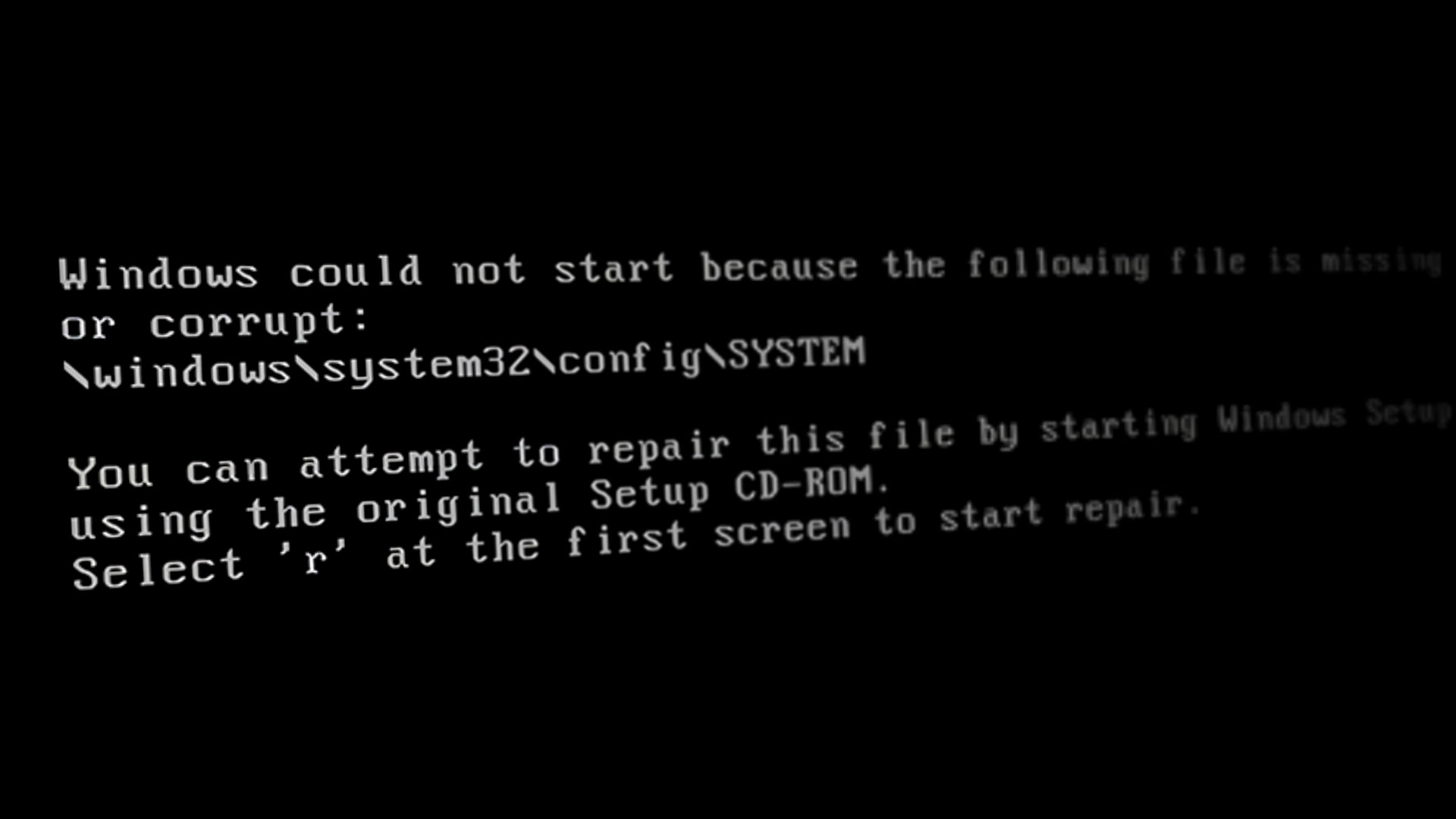
In this article, we will show you multiple solutions to fix this issue. Follow the solutions down below to get your issue resolved:
1. Run A Disk Checker
Disk drives with bad sectors can cause this issue. Therefore, you must run the system disk checker which is a command that scans and automatically repairs the errors faced by the disk. You can run the Disk Checker with the steps listed below:
- You must create a bootable installation media first and then click on the Repair your computer option at the bottom of the Windows Startup page.
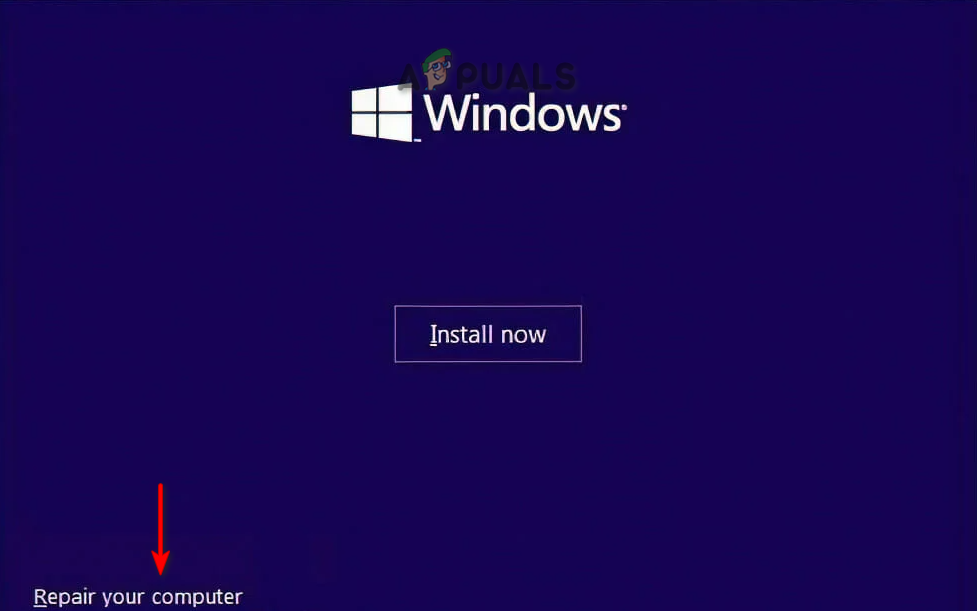
Repairing Computer on Windows Startup - Select the “Troubleshooting” option from Boot Menu.
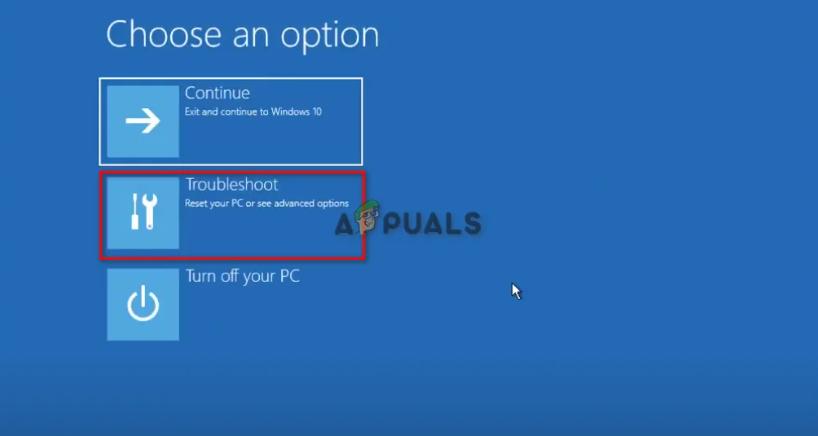
Opening the Troubleshoot Page from the boot menu - Now Select the “Advanced Options” option.
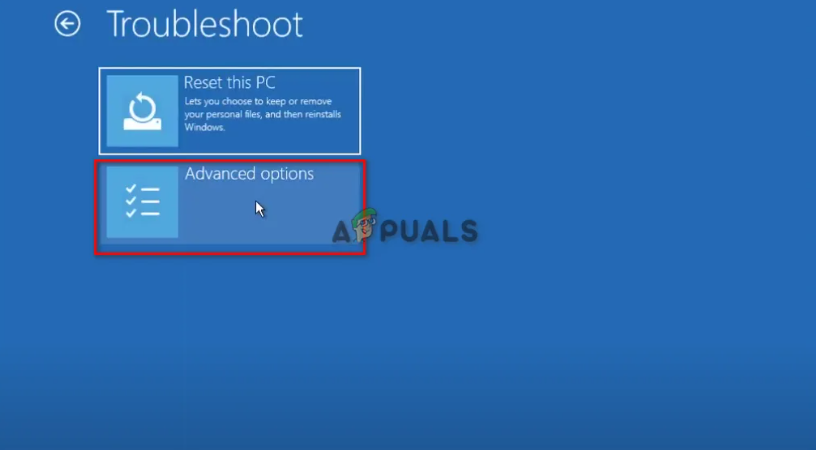
Visiting the Advanced Options - Open the command prompt by clicking on the Command Prompt option.
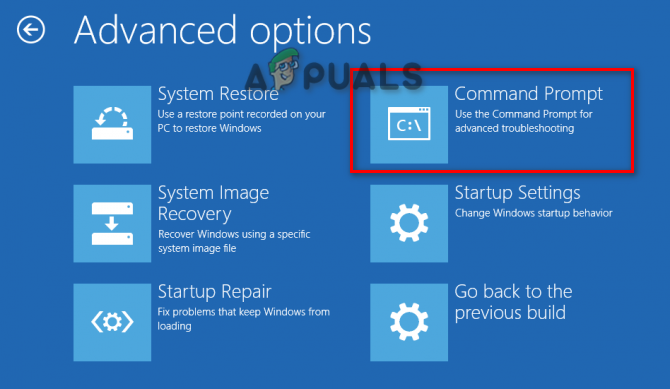
Opening the Command Prompt - Run the disk checker by typing the following command on the Command Prompt and pressing the Enter button:
chkdsk /f /r C:
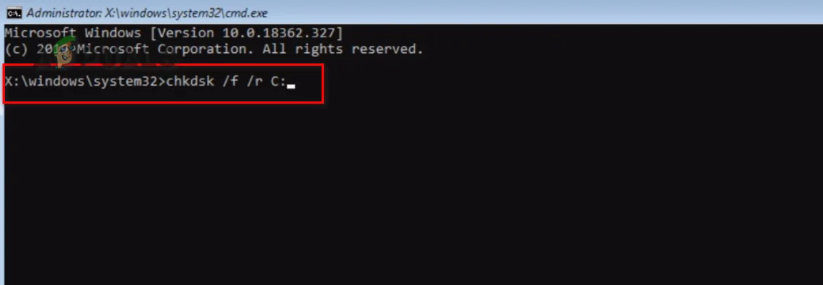
Performing a chkdsk scan. - Once your system has been scanned, restart your computer and see if this solves the error.
2. Run the System File Checker
Another reason why you are facing this error is that the system files have been corrupted. Therefore, using the System Scans, you can scan through each file on the system and automatically repair the file at fault to resolve the error. Run the systems scans by following these instructions:
- Select the “Troubleshooting” option from Boot Menu.

Opening the Troubleshoot Page from the boot menu - Click on the “Advanced Options” option.

Visiting the Advanced Options - Open the command prompt by clicking on the Command Prompt option.

Opening the Command Prompt - Paste the following commands on the Command Prompt and press the Enter button:
sfc /scannow
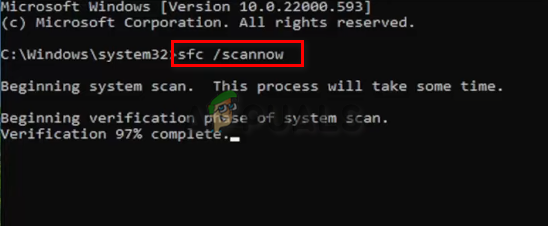
Running system file checker on the command prompt.
Note: After running the System File Checker, you can run the DISM Command. Paste the following command into the command prompt, and restart your computer to make the necessary changes:
Dism.exe /online /cleanup-image /restorehealth
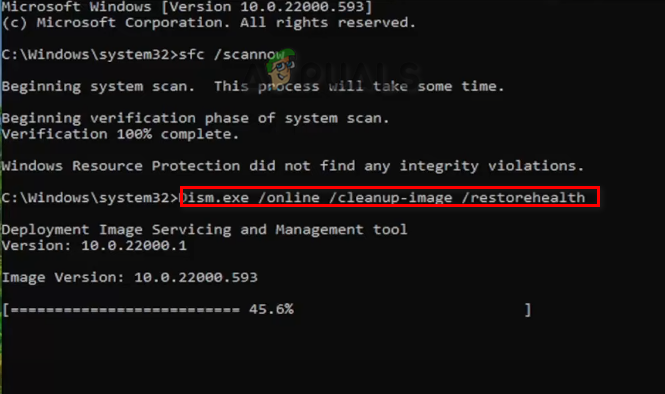
3. Manually Restore the Registry
You can also manually restore the Registry to fix the missing or corrupted file issue. However, after following this procedure, you will face certain changes made to the system. Below we have given the steps to restore registry files on your system manually:
Disclaimer: In case your data gets lost, you must create a backup copy of your data before manually resorting to the registry. If you already have a backup file saved, you can proceed with this method.
- Select the “Troubleshooting” option from Boot Menu.

Opening the Troubleshoot Page from the boot menu - Click on the “Advanced Options” option.

Visiting the Advanced Options - Open the command prompt by clicking on the Command Prompt option.

Opening the Command Prompt - Paste the following commands on the Command Prompt and press Enter after each command:
md tmp copy c:\windows\system32\config\system c:\windows\tmp\system.bak copy c:\windows\system32\config\software c:\windows\tmp\software.bak copy c:\windows\system32\config\sam c:\windows\tmp\sam.bak copy c:\windows\system32\config\security c:\windows\tmp\security.bak copy c:\windows\system32\config\default c:\windows\tmp\default.bak
- Now delete all the current registry files on the system by pasting the following commands on the Command Prompt and pressing Enter after each command:
delete c:\windows\system32\config\system delete c:\windows\system32\config\software delete c:\windows\system32\config\sam delete c:\windows\system32\config\security delete c:\windows\system32\config\default
- Lastly, repair the registry from the repair folder by pasting the following commands on the Command Prompt and pressing Enter after each command:
copy c:\windows\repair\system c:\windows\system32\config\system copy c:\windows\repair\software c:\windows\system32\config\software copy c:\windows\repair\sam c:\windows\system32\config\sam copy c:\windows\repair\security c:\windows\system32\config\security copy c:\windows\repair\default c:\windows\system32\config\default
- Once all the commands are entered, you must close the Command Prompt and restart your computer to make the changes.
4. Perform a Clean Installation
If you couldn’t find a way to fix this error, and your system is still facing the error; then, as a last resort, you must perform a clean installation that eradicates your previous version of Windows and installs a new copy. However, you must save all your data in your backup since this process will format your entire drive.




